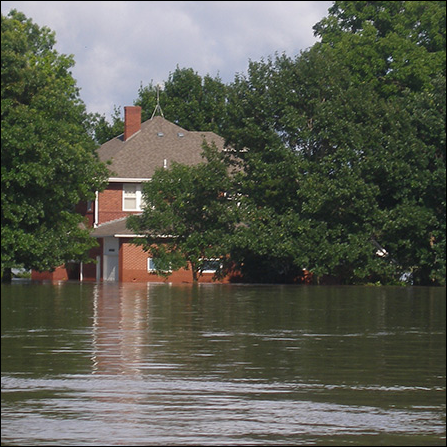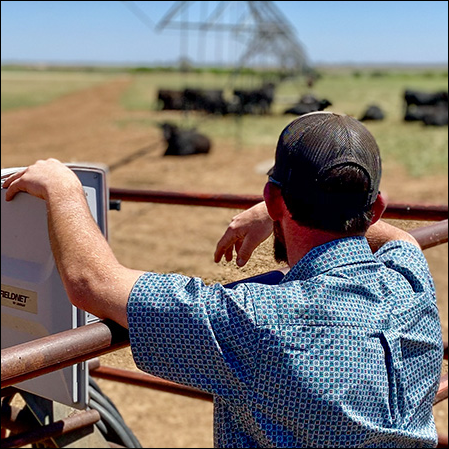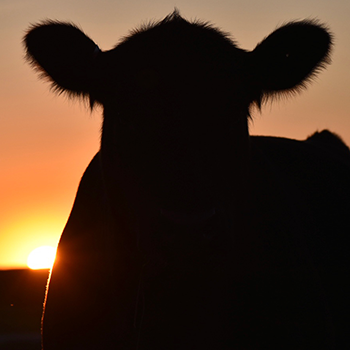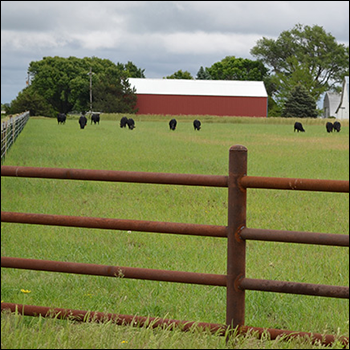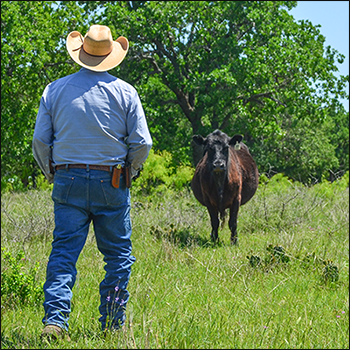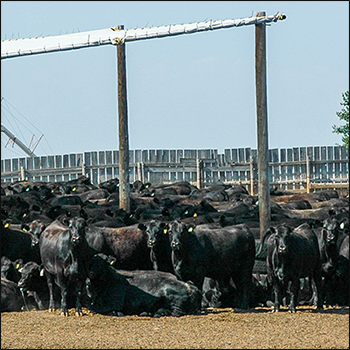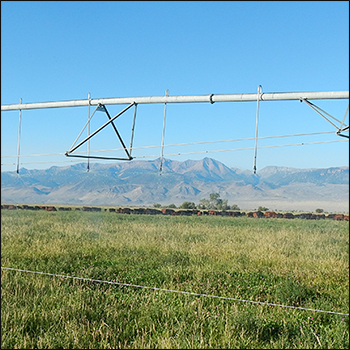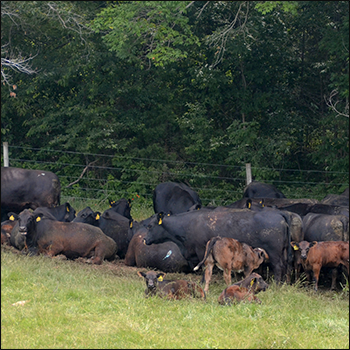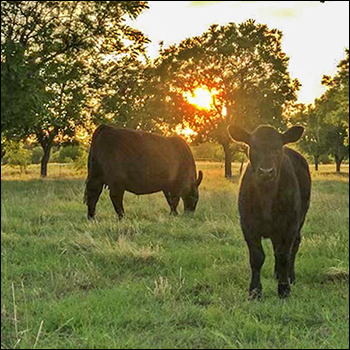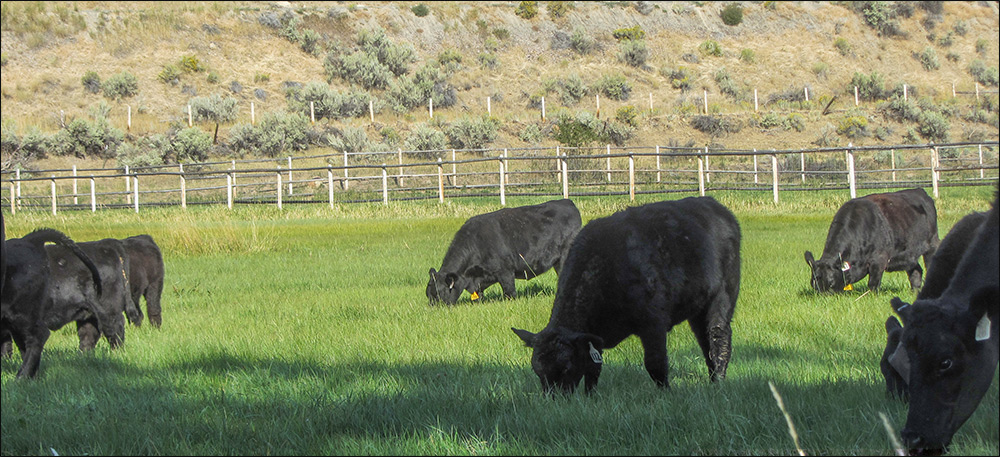
Grazing Dryland Hay Acres
Option offered for grazing ground instead of haying it.
Grazing a piece of ground rather than haying it can have advantages in profitability and soil health. Bart Lardner, research scientist at the University of Saskatchewan, was involved in a three-year study stockpiling forage to graze later — letting it grow and then grazing it late fall and into the winter.
“We compared this with a common haying system where the forage in those same fields was put up in round bales, taken to the hay yard and fed to the cattle during winter months. We compared grazing the cattle on stockpiled forage with feeding the bales — looking at the cost of machinery, the cost to put up the hay and bring it back to the yard,” he says.
“Our system costs were about 15% less having the cattle out there doing the harvesting themselves versus taking it off for hay,” he says. “That was an advantage, just letting the cattle graze the forage. But as it got colder into December, we had to provide a supplement to the cattle, which negated cost savings. There was about a 40- to 50-day window where the cows could just graze the forage, but we get cold winters here and have to think about additional energy. Once we had to supplement, we lost the cost advantage.”
In some situations when stockmen have been putting up hay, but their haying equipment is getting older and they are looking at the cost of replacing it, they might consider grazing that ground instead of haying. They could perhaps use intensively managed grazing to maximize pasture production.
There are some tradeoffs, Lardner explains. When you put up hay, you have to consider harvesting costs, fuel, machinery repair, loss of leaves when rolling it up into a bale, transport costs, etc. Yet, you can maximize forage utilization in those round bales when you feed them in a pen. He says they found a little bit lower utilization when grazing the forage because of trampling.
On the flip side, the trampling, urine and manure from the cattle during grazing add fertility to the soil and increase production potential for the next year — and may save the cost of buying fertilizer. There are advantages and disadvantages, and people must decide what works best for them.
Lardner says they saw increased soil nutrients from the manure in a grazing system. If you only take the forage off as hay, you are removing the nutrients and have to replace them — usually with expensive commercial fertilizer.
“Continual haying takes away nutrients, whereas the cows put it back,” he says. “They never utilize every tuft of grass, but the litter and manure put the nutrients back to the soil.”
In the end, you can have better production with that kind of organic fertilizer vs. chemical fertilizer with longer benefit. It’s a slower-release mechanism, with more benefit over time.
Editor’s note: Heather Smith Thomas is a cattlewoman and freelance writer from Salmon, Idaho.
